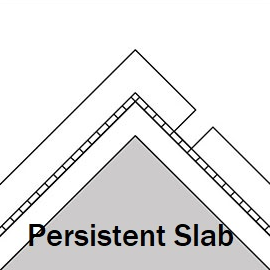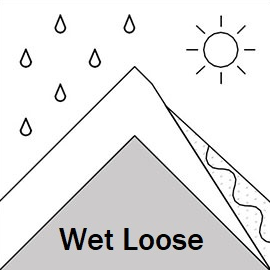Gudauri
Natural avalanches are unlikely, human-triggered avalanches are possible. Small avalanches in specific areas, or large avalanches in isolated areas.
Weaknesses found in the upper and mid snowpack have the potential to cause large slab avalanches in isolated areas - think about the consequences of the lines you choose to ride. When the new snow adds weight to these layers, the danger will increase. Warm temperatures and sun are also increasing the danger of loose snow avalanches in the alpine and sub-alpine zones.
Forecast issued at: 14 March 2024 22:00
Forecast valid until: 15 March 2024 22:00
Forecaster: Manu Greer
High Alpine
> 2600m
2 Moderate
Heightened avalanche conditions on specific terrain features. Evaluate snow and terrain carefully; identify features of concern.
Alpine
2000m - 2600m
2 Moderate
Heightened avalanche conditions on specific terrain features. Evaluate snow and terrain carefully; identify features of concern.
Sub Alpine
< 2000m
2 Moderate
Heightened avalanche conditions on specific terrain features. Evaluate snow and terrain carefully; identify features of concern.
Avalanche Problems
Persistent Slab

Recent snow has fallen on top of weak, sugary, and non-cohesive snow crystals at the surface. At higher elevations on shady aspects, wide slab avalanches could be triggered on this sugary snow. Weak, facetted snow layers are also found in the upper and mid snowpack, even on sunny aspects, around crusts and in areas with shallow snow depth. These problems will be worse in the north of the region where the snow is shallower. Keep in mind that smaller avalanches could break deeper weak layers, with the potential for larger avalanches.
| Sensitivity | The specific avalanche problem type is difficult to trigger with a human rider. |
| Distribution | A few, isolated locations; evidence for instabilities is rare and hard to find. |
| Time of Day | All day |
| Trend | Deteriorating |
| Confidence | Moderate |
Loose Wet

Rising temperatures and direct solar radiation combined with a 'greenhouse effect' when clouds trap heat, increases the likelihood of wet loose avalanches, both skier-triggered and natural, from mid-morning onwards and in the afternoon.
| Sensitivity | The specific avalanche problem type is reactive to human rider triggers. Easy to trigger with ski cut. |
| Distribution | Specific areas, with common characteristics. Evidence for instabilities exists, but it is not obvious and finding it requires careful observations. |
| Time of Day | All day |
| Trend | Deteriorating |
| Confidence | Moderate |
Recent Avalanches and Snowpack
Recent avalanche activity:
10 March - Skier triggered size 2-3 in Little Alaska, Milioni, NW Aspect, 2800 m.
Glide slabs continue to be active on multiple aspects (more commonly E, S and W) below about 2600 m, some up to size 2. These can release at any time - if you see cracks in the snow, do not stop under these areas!
Snowpack:
Last week's new snow fell on faceted surface snow in shady areas or melt-freeze crusts in sunny places. Surface hoar has been found under the new layer on a N aspect at 3100 m. Instability tests have found easy failures on these weak interfaces. There are also crusts with facets around them in many places, just under the recent layer, as well as deeper in the snowpack - these weaknesses are worse on shady aspects at high elevations where the snow is shallow (less than about 1.5 m). Below about 2400 m on sunny aspects the snow is becoming slushy in the afternoon, and the sun is also affecting higher S facing slopes.
Weather
Friday will be warm with increasing cloud and snow showers starting in the afternoon, becoming heavy at night. Light S winds are forecast, with the Freezing level 2200 m lowering to 2000 m later.
Disclaimer
Our avalanche forecasters are internationally qualified and experienced professionals, and data is provided by skilled observers. We encourage you to make your own observations and decisions, without relying solely on our forecast, since any forecast is a generalised 'best guess', and in certain cases it might be inaccurate. We can not be held liable for any actions you take in the backcountry that may result in injury, loss or death.